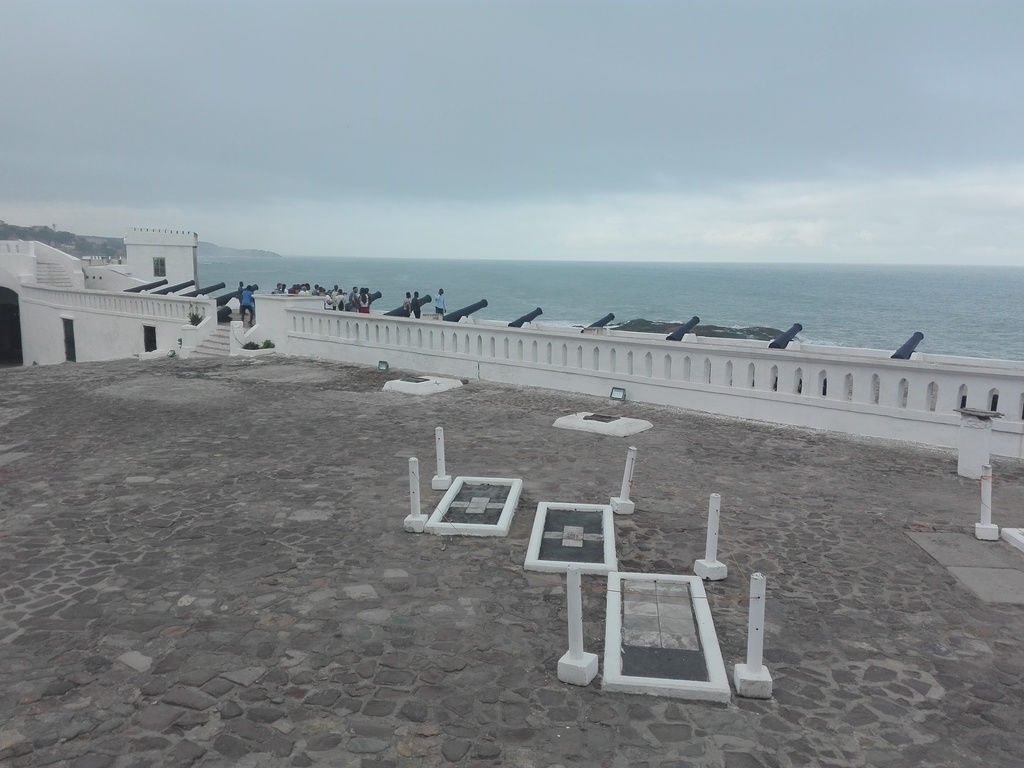
Rev. Philip Quaque: A Complex Legacy
Among the most historically significant graves at Cape Coast Castle is that of Rev. Philip Quaque (1741–1816)—a name that carries both pride and paradox.
Born in Cape Coast, Quaque was sent to England as a child, educated by the Society for the Propagation of the Gospel, and later ordained as the first African minister in the Church of England. He returned to the Gold Coast as a missionary and teacher under British sponsorship, settling at Cape Coast Castle.
In 1765, he established what is now regarded as Ghana’s first formal school, teaching reading, writing, and religious studies to local children, often in both English and Fante. He also ministered to both Europeans and Africans, maintaining regular correspondence with the Church in England.
But Quaque’s legacy is not without complexity. Though African by birth, he often found himself at odds with his own people, holding views shaped by his long stay in Europe. His writings show signs of internal conflict—struggling between his African identity and the expectations placed upon him by his British patrons. He also lived and worked in a structure directly tied to the horrors of the slave trade, a system that continued during much of his ministry.
Yet, his work in education, faith, and cultural exchange left a lasting imprint. His grave remains a focal point for reflection, honoring a man who walked a difficult path between two worlds.
Above and Below: A Stark Moral Contrast
What strikes many visitors is not just that graves exist inside Cape Coast Castle, but where they exist.
Directly above the slave dungeons, in the castle courtyard and near the old chapel, lie graves of those who died preaching salvation or managing trade. Just below their feet, for centuries, were men, women, and children imprisoned in brutal, inhumane conditions, waiting to be shipped across the Atlantic—many never to return.
This shocking contrast — Christian worship and European graves above, and the suffering of enslaved Africans below — exposes the raw moral contradictions of the era. The same castle housed both faith and violence, civilization and cruelty, order and oppression.
The graves symbolize this painful duality. While they represent personal loss, missionary ambition, or colonial duty, they also anchor a system that caused millions of Africans to lose their freedom, families, and lives.
🕯️ Graves as Silent Witnesses
Today, the graves at Cape Coast Castle serve as silent witnesses to centuries of layered history. They are part of the guided tour, but more than that, they are part of the emotional experience of visiting the site.
They urge visitors not just to look at the castle as a structure, but to understand it as a living record of lives shaped by global forces—colonialism, slavery, religion, resistance, and reconciliation.
Whether one pauses at the grave of a young European trader, a British missionary, or Rev. Philip Quaque himself, the experience evokes questions:
What did these people believe?
How did they justify what happened here?
And what can we learn from their stories today?
Our Reflection
Cape Coast Castle is more than stone walls and ocean views. It is a place where memory lives, not just in plaques and tours, but in the ground itself. The graves within the castle remind us that history is never one-sided. It is filled with contradictions, complexities, and unfinished conversations.
As you walk the grounds, from the dungeons to the chapel, past gravestones and memorials, take a moment to reflect—not only on what happened here, but on the legacy we carry forward.
History does not sleep in Cape Coast Castle. It speaks, even through silence.